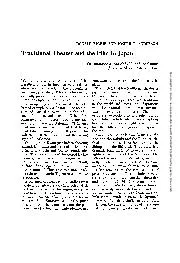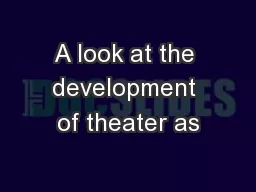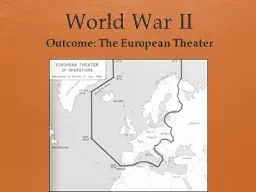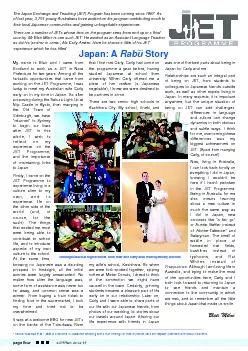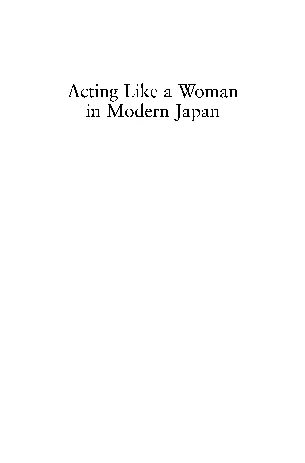PDF-Traditional Theater and the Film in Japan
Author : dsinfo | Published Date : 2020-07-18
One may perhaps understand better whybrthe traditional Japanese theater one of thebrrichest theatrical traditions in the world hasbrgiven so little to the Japanese
Presentation Embed Code
Download Presentation
Download Presentation The PPT/PDF document "Traditional Theater and the Film in Japa..." is the property of its rightful owner. Permission is granted to download and print the materials on this website for personal, non-commercial use only, and to display it on your personal computer provided you do not modify the materials and that you retain all copyright notices contained in the materials. By downloading content from our website, you accept the terms of this agreement.
Traditional Theater and the Film in Japan: Transcript
Download Rules Of Document
"Traditional Theater and the Film in Japan"The content belongs to its owner. You may download and print it for personal use, without modification, and keep all copyright notices. By downloading, you agree to these terms.
Related Documents

